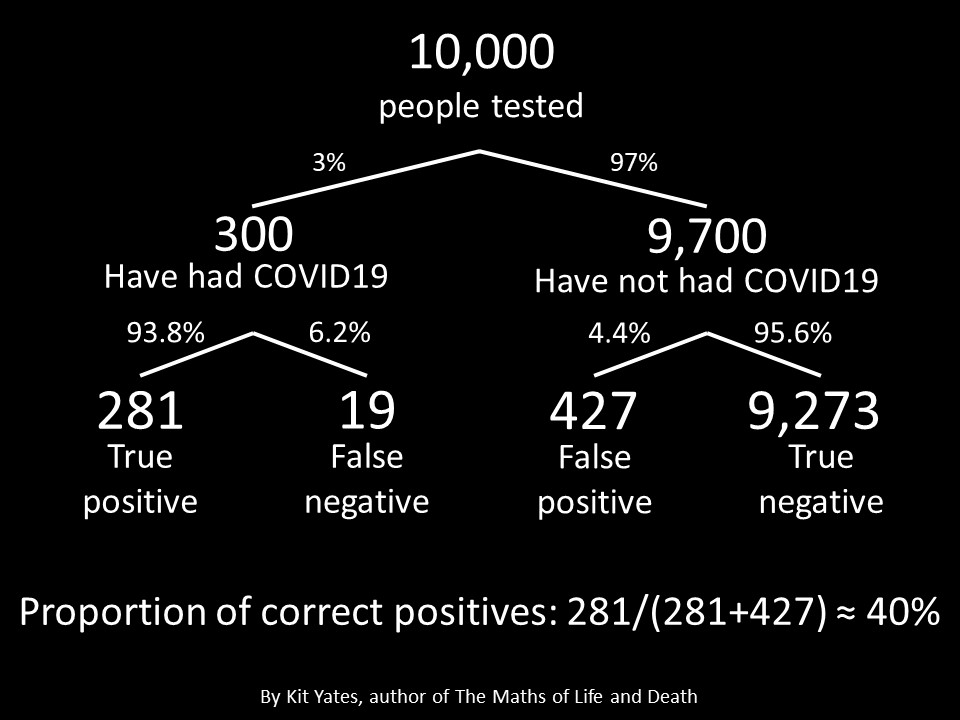
WE NEED To TALK ABOUT SCHOOLS.
Here are of the graphs and figures I presented at the @IndependentSage briefing on Friday along with our safer schools report:
independentsage.org/wp-content/upl…
A short thread...
Here are of the graphs and figures I presented at the @IndependentSage briefing on Friday along with our safer schools report:
independentsage.org/wp-content/upl…
A short thread...
Lets start by acknowledging there is an increasingly polarised debate around closing or keeping schools open with both sides arguing their side passionately.
SAGE have suggested that schools might contribute between 0.2-0.5 to R.
assets.publishing.service.gov.uk/government/upl…
If schools were closed this would serve to bring cases down more quickly.
Schools are also places of work. Both students and teachers need to be able to work in a safe environment.
assets.publishing.service.gov.uk/government/upl…
If schools were closed this would serve to bring cases down more quickly.
Schools are also places of work. Both students and teachers need to be able to work in a safe environment.

Conversely, we know that closing schools increases inequality, leading to significant disruptions in learning, poorer nutrition, and social isolation for many.
Closing schools also hugely disruptive to working parents, many of whom cannot afford to stay at home.
Closing schools also hugely disruptive to working parents, many of whom cannot afford to stay at home.
So what is the current situation?
This graph shows the percentage positivity in England broken down by age group. The highest prevalence is currently in secondary age students (yellow) - at above 2%. Next up is people in school year 12 to age 24 (blue) at just under 2%.
This graph shows the percentage positivity in England broken down by age group. The highest prevalence is currently in secondary age students (yellow) - at above 2%. Next up is people in school year 12 to age 24 (blue) at just under 2%.

In primary school (and Early Years) children the prevalence is lower, nearer to 1%.
These are high levels of prevalence, but it does look as if prevalence in all age groups is lowering as we enter the fourth week of the lockdown.
These are high levels of prevalence, but it does look as if prevalence in all age groups is lowering as we enter the fourth week of the lockdown.

Looking at cases per 100,000 in different year groups (primary and early years first) we see an increase as children get older and an increase over time (in all year groups) up until the most recent week for which data is available when cases have started to fall. 

The same trends are visible in secondary-age students with cases being higher than for primary-age students, but cases not yet falling in the latest week for years (7,8 and 9).
These are high levels of cases.
If Year 13 was a region it would be going straight into tier 3.
These are high levels of cases.
If Year 13 was a region it would be going straight into tier 3.

Some of the headline-grabbing figures from last week were that 22% of state secondary schools in England schools were missing school. Across all schools it is not quite this high (83% attendance). 

It's important to state that only about half of the students not attending are off for confirmed COVID-related reasons.
The vast majority of these COVID-related missing pupils are because of potential contacts with infected individuals.
The vast majority of these COVID-related missing pupils are because of potential contacts with infected individuals.
Only 0.2% of pupils are missing school because of confirmed COVID and 0.4% with a suspected case of COVID. The remainder are because of potential contact with infected individuals.
ONS estimates of prevalence at around 2% suggest a lot of COVID+ students are not being detected.
ONS estimates of prevalence at around 2% suggest a lot of COVID+ students are not being detected.
Finally 1% of state schools in England are closed. With a significant proportion of those due to COVID-related reasons. This has rise from about 0.4% the week before. 

Clearly something has to be done about schools to make them COVID safe.
The @IndependentSage Safer Schools Report outlines a number of measure designed to make our schools safer places for our kids and for the excellent teachers who work in them.
independentsage.org/wp-content/upl…
The @IndependentSage Safer Schools Report outlines a number of measure designed to make our schools safer places for our kids and for the excellent teachers who work in them.
independentsage.org/wp-content/upl…
Recommendations include:
1. Distancing
2. Ventilation
3. Face Coverings
4. Bubbles
5. Self-isolation
6. Testing
7. Improving learning resources
8. Rethinking examinations
9. Focussing on well-being.
1. Distancing
2. Ventilation
3. Face Coverings
4. Bubbles
5. Self-isolation
6. Testing
7. Improving learning resources
8. Rethinking examinations
9. Focussing on well-being.
Perhaps the key take-home from the report is that there's no point telling schools they need to make themselves COVID-secure without providing them with the resources and the tools to help them do that.
/ENDS
/ENDS
• • •
Missing some Tweet in this thread? You can try to
force a refresh














